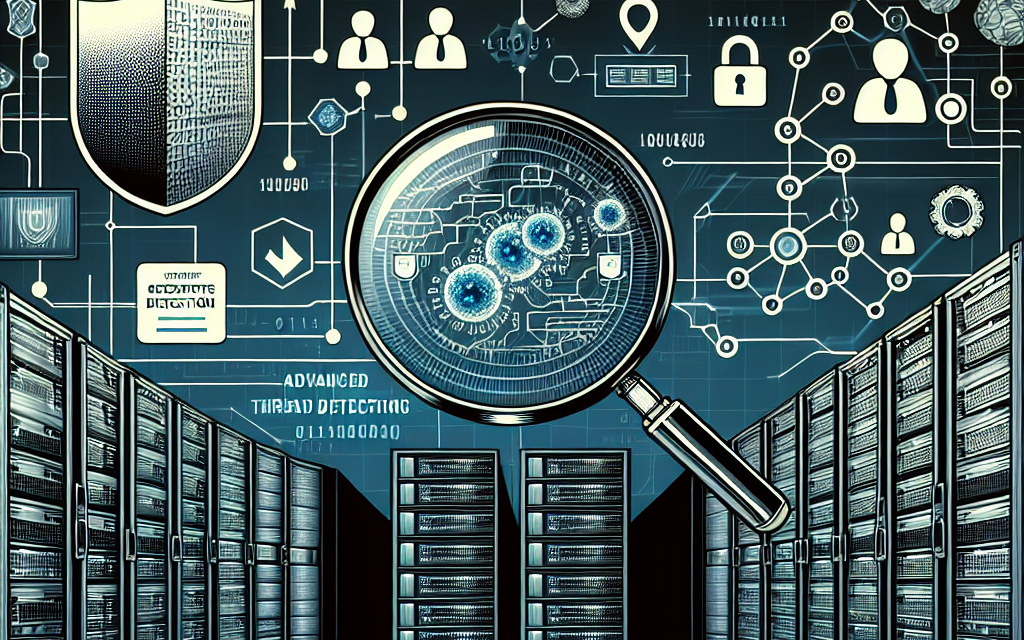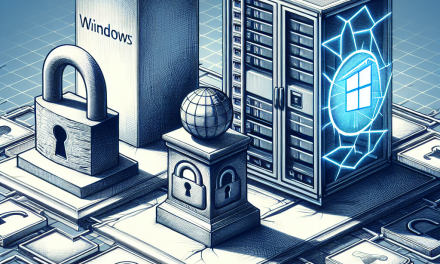As digital threats continue to evolve, organizations must strengthen their security postures. Implementing advanced threat detection in Windows Server environments is crucial to safeguarding sensitive information, maintaining service availability, and ensuring regulatory compliance. In this article, we will explore various strategies and tools available for enhancing threat detection capabilities in your Windows Server deployment.
Understanding Advanced Threat Detection
Advanced Threat Detection (ATD) refers to the set of practices, technologies, and processes aimed at identifying potential security threats that may bypass conventional security measures. This includes the detection of sophisticated malware, phishing attacks, and insider threats. The goal is to provide timely alerts and enable proactive mitigation of risks.
Key Components of Advanced Threat Detection
-
Behavioral Analytics:
- Utilize machine learning algorithms to identify anomalous behavior in user and system activities.
- Monitor typical user actions and flag deviations that may indicate malicious intent.
-
Threat Intelligence Integration:
- Leverage threat intelligence feeds to stay updated on emerging threats.
- Integrate relevant threat data into your security operations to enhance detection and response efforts.
-
Endpoint Detection and Response (EDR):
- Implement EDR solutions to continuously monitor endpoint events and use AI-driven technology to detect and respond to anomalies.
- EDR platforms often provide detailed forensic analysis, enabling security teams to understand the full extent of an incident.
-
Security Information and Event Management (SIEM):
- Deploy SIEM systems to aggregate and analyze logs from different sources across your environment.
- SIEM tools help in identifying patterns and correlating data for more accurate threat detection.
- Intrusion Detection Systems (IDS) and Intrusion Prevention Systems (IPS):
- Use IDS/IPS to monitor network traffic and detect suspicious activities.
- Configure rules to prevent unauthorized access and alert security teams of potential threats.
Steps to Implement Advanced Threat Detection
Step 1: Assess Your Environment
Conduct a thorough assessment of your current security infrastructure, including existing tools, policies, and procedures. Identify gaps in your threat detection capabilities and what improvements are necessary.
Step 2: Choose the Right Tools
Select the appropriate tools based on your organization’s needs and budget. Windows Server comes with several built-in security features, such as Windows Defender Security Center, Advanced Threat Protection, and logging capabilities. Consider complementing these with third-party solutions that fit your requirements better.
Step 3: Configure Security Features
Ensure that Windows Server security features are properly configured:
- Enable Windows Defender Antivirus and configure it to perform regular, automated scans.
- Activate Windows Defender Exploit Guard for additional defense mechanisms.
- Set up auditing policies to capture relevant events and logs.
Step 4: Implement Monitoring and Alerts
Configure your chosen SIEM or EDR to monitor for unusual activities across your network. Create alerts for specific incidents that may indicate a breach, such as:
- Unauthorized access attempts.
- Unusual outbound traffic.
- Changes to critical files or configurations.
Step 5: Develop an Incident Response Plan
Establish a clear incident response plan that outlines the steps to be taken when a threat is detected. Ensure that all team members understand their roles, and regularly conduct drills to keep skills sharp.
Step 6: Train Your Staff
Human error is often a leading cause of breaches. Conduct regular training sessions to educate staff on recognizing potential threats, such as phishing attempts or social engineering tactics. Foster a culture of security awareness within your organization.
Step 7: Regularly Test and Update Your Systems
Cyber threats are continually evolving, so it is essential to conduct regular security assessments, penetration testing, and vulnerability scanning. Mitigate discovered weaknesses promptly and update your security tools and policies regularly.
Conclusion
Advanced Threat Detection is not merely a technological challenge; it involves a holistic approach encompassing people, processes, and technology. By implementing robust monitoring systems, employing best practices, and continuously refining your strategies, you can significantly enhance your Windows Server environment’s security posture. In a world of evolving threats, proactive threat detection is a vital necessity for organizations looking to protect their data assets and maintain business continuity.
Incorporate these insights into your organization’s security strategy, and stay ahead of cyber adversaries. For more tips and resources on bolstering your IT security, stay tuned to WafaTech Blogs!





